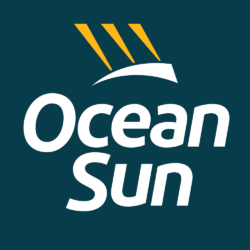Ocean Sun är ett norskt bolag verksamma inom energisektorn. Bolaget utvecklar flytande kraftsystem med solpaneler monterade på hydroelastiska membran. Tekniken används för att utvinna förnybar energi till havs. Störst verksamhet återfinns inom Norden och Asien där bolagets anläggningar huvudsakligen finns stationerade. Huvudkontoret ligger i Fornebu, Norge.
Pressmeddelanden
Tyvärr kan finansiell information för tillfället ej hämtas på detta bolag.

